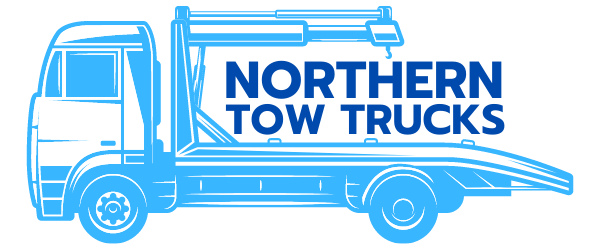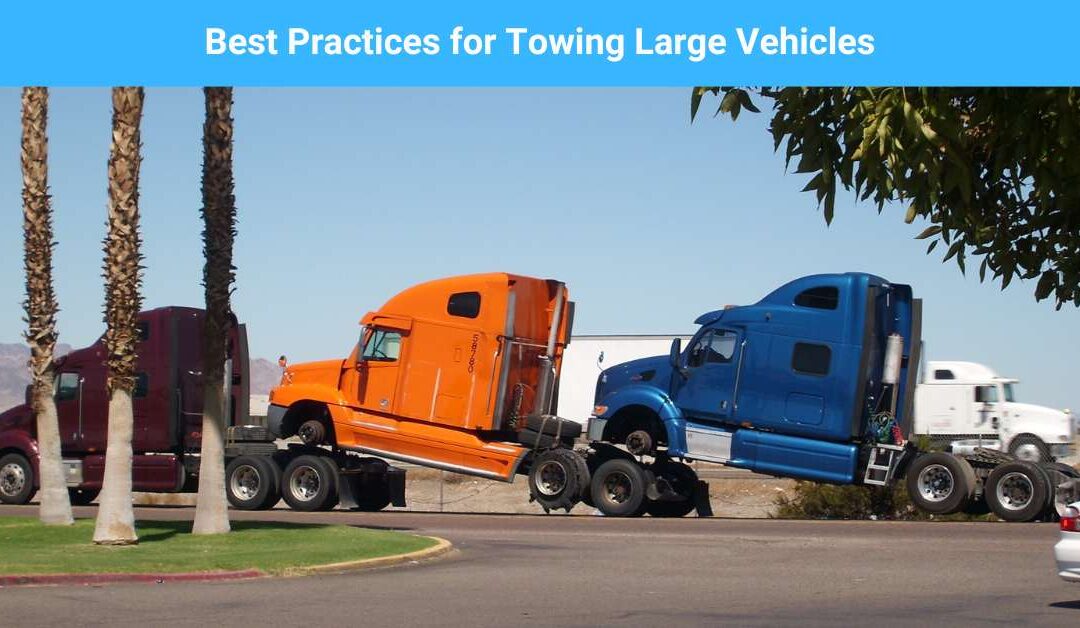Towing large vehicles, such as buses, trucks, and heavy machinery, requires specialized equipment, skill, and a deep understanding of safety protocols. Unlike towing smaller cars, handling oversized loads comes with additional challenges, including weight distribution, road hazards, and legal regulations. Proper planning and execution are essential to ensure a safe and efficient tow.
Choosing the Right Tow Truck and Equipment
Selecting the appropriate tow truck is crucial when dealing with large vehicles. Heavy-duty wreckers, rotator tow trucks, and flatbeds are commonly used for towing oversized loads. These trucks are designed to handle the significant weight and size of large vehicles while ensuring stability during transport. Additionally, using the correct towing attachments, such as reinforced chains, towing straps, and hydraulic lifts, helps secure the vehicle properly and prevents damage.
Understanding Weight Distribution and Load Balancing
Improper weight distribution can lead to instability, making towing unsafe. Operators must ensure that the weight is evenly distributed to prevent the tow truck from tipping or swaying. Securely fastening the vehicle and double-checking the balance before moving ensures smoother transportation. In cases of extremely heavy loads, consulting the manufacturer’s weight guidelines can help determine the best towing approach.
Following Legal and Safety Regulations
Transporting large vehicles involves adhering to towing laws and regulations, which vary by location. Tow truck operators must comply with weight limits, route restrictions, and special permits if required. Using escort vehicles or warning signs may be necessary for extra-large loads. Following these guidelines helps avoid legal issues and ensures public road safety.
Driving with Extra Caution and Awareness
Towing a large vehicle affects maneuverability, braking distance, and overall handling. Tow truck drivers should maintain a steady speed, avoid sudden lane changes, and allow extra space for braking. Being aware of height clearances, tight turns, and road conditions is also crucial. In high-traffic areas or difficult terrains, having a spotter can help guide the driver and prevent accidents.
Conducting Pre-Tow Inspections and Maintenance
Before towing, a thorough inspection of both the tow truck and the vehicle being towed is necessary. Checking tire pressure, brakes, hydraulic systems, and towing connections ensures everything is in working order. Regular maintenance of tow trucks and equipment reduces the risk of mechanical failures that could lead to dangerous situations on the road.
Conclusion
Towing large vehicles requires expertise, proper equipment, and strict adherence to safety protocols. Choosing the right tow truck, understanding weight distribution, following legal regulations, and driving with caution are key to a successful tow. By implementing best practices, tow truck operators can safely transport heavy vehicles while minimizing risks to themselves and others on the road.
Northern Tow Trucks
620 Canning St
Carlton North VIC 3054
(03) 7064 2500

